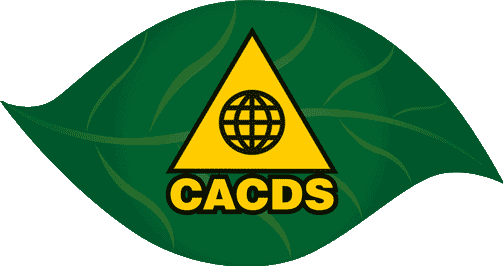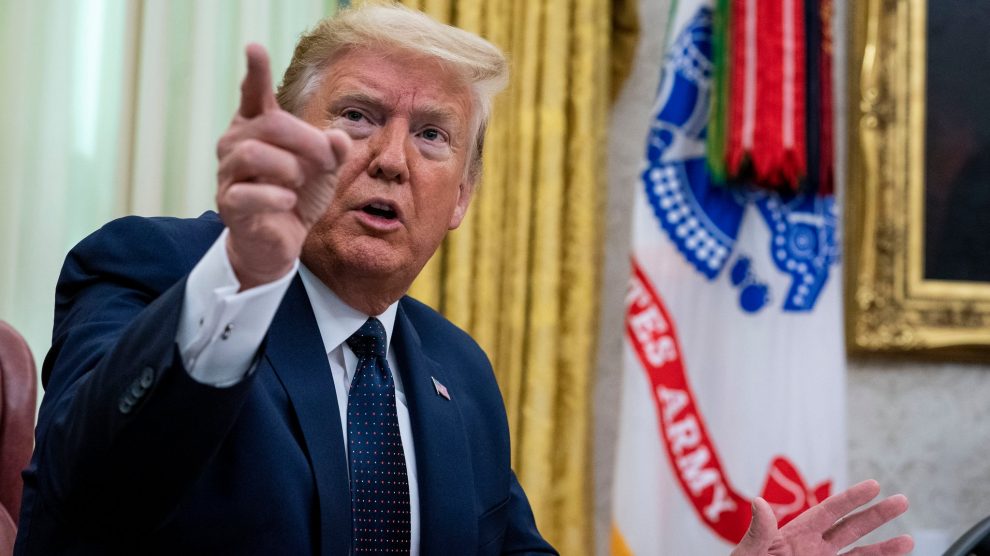In November 2020 Americans will again go to the polls to elect the President of the United States. Upcoming elections could be one of the most polarized political events in decades. The American society is deeply divided between pro and anti Trump camps. The economic crisis triggered by the COVID-19 and rising social and racial tensions will contribute to the fierce election campaign. Many Americans make their choice based on the economic situation at home are not interested in foreign policy. This time, however, relations with China may dominate the campaign and each candidate will seek to prove that he is the best candidate to counter China’s rise. Other top foreign policy issues are relations with Russia, transatlantic cooperation, the chaos in the MENA region. The choice made by American voters will have significant influence on the evolution of the world order as despite its relative decline, the US still remains and will remain the preeminent global power.
To better understand what US foreign policy may like in case of President Trump’s reelection, we should analyze the key pillars of 2017-2020 Trump’s foreign policy. The first thing which comes into mind is the word inconsistency. President Trump ditched the democracy promotion as the key pillar of the American foreign policy, thus effectively ending the grand strategy of “Liberal hegemony”. Being implemented by Presidents’ Clinton, Bush and Obama, this strategy was actively advocating worldwide democracy promotion – mainly focused in such regions such as the Middle East and former Soviet space. Another key future of this strategy was the active accommodation of China and Beijing’s inclusion into the global economy. The key pillar of the US China policy was the belief that economic prosperity and the creation of paramount middle class in China will eventually contribute to the liberalization of Chinese political system.
However, even prior to the 2016 presidential elections it was obvious that China was not going to liberalize its political system and that democracy promotion in the Middle East and former soviet republics did not bring tangible results. Syria, Libya and Yemen are failed or failing states, while Iraq is plagued by permanent instability and sectarian violence. The most successful democratizing states in the post-soviet space – Georgia, Moldova, and Ukraine are plagued by myriad domestic problems such as rampant corruption and the lack of good governance. Meanwhile Russia – Georgia war of 2008 and Russia – Ukraine war of 2014-2015 created several frozen conflicts with few if any prospects of settlements for the foreseeable future.
Thus President Trump decision to avoid democracy promotion and to concentrate its efforts on re-emerging great power competition seemed quite logical. However, if in case of China this policy was quite consistent, the same does not apply to the US – Russia relations. President Trump made several positive gestures towards Kremlin, including his efforts to re-include Russia into the G7. Simultaneously, the US administration made tough steps against Russia: the cancellation of INF and Open skies treaties, imposing new economic sanctions including on some Russian vital geostrategic projects such as Nord Stream 2, provision of lethal weapons to both Ukraine and Georgia. The overt efforts to normalize relations with Belarus and the decision to sell American oil to Minsk as a tool to balance Kremlin’s economic pressure, as well as US active participation and mediation in Georgia’s domestic political developments (Americans forced ruling ‘Georgian Dream” party to sign an agreement with opposition parties on election reforms and pardon some representatives of Georgian opposition), have sent mixed signals to the capitals of the eastern partnership member states regarding the scope and goals of American foreign policy.
Meanwhile, the China containment policy has already become the most fashionable term within American political establishment. Given the rapidly deteriorating US – China relations, fight against Beijing will be the key goal of the President Trump’s second term. It’s obvious that the US alone is not able to successfully prevent the rise of China. The US needs allies and partners. Since 1945 Americans have enjoyed strong positions in the Asia – Pacific region based on their alliances with Japan, South Korea and Australia and partner relations with ASEAN member states.
However, one of the key pillars of the US anti-China policy is the prevention of the establishment of Russia – China strategic alliance. Moscow and Beijing have significantly fomented their relations in the last decade. Russia supplies China with state of the art weapons, while Beijing increases volumes of Russian oil and gas purchases. Definitely Russia and China has divergent interests in Central Asia where Moscow has already been economically outmaneuvered by China. Kremlin is fully aware of potential risks to its sparsely populated Eastern Siberia and Far East poised by China. However, as far as the West and the US in particular will continue their pressure on Moscow seeking to change Kremlin’s behavior in its near abroad, Russia will always attempt to balance the Western pressure through development of partner relations with China.
Will Trump second administration be ready to accommodate Russian demands in European parts of former soviet space in its attempts to prevent further growth in Russia – China relations? Much may depend on Moscow’s position too. If Kremlin requires full control over Eastern partnership countries and demand the cancellation of all cooperation with NATO and EU, this will be firmly rejected. Meanwhile, the US and Russia may silently recognize these territories as the zone of Russian influence, without making much noise or signing any declarations.
In this context there are two possible options. In one case the US simply agrees to prevent the deepening of its relations with these countries in both bilateral and multilateral formats (NATO), while getting EU’s approval not to move forward on any enlargement tracks. The US and EU may promise not pull closer also Armenia, Azerbaijan and Belarus. This will mean the preservation of current status quo. Eastern Partnership states will keep their current level of cooperation with Eurasian Economic Union, CSTO, EU and NATO, while the West will not push them towards closer integration. The conflicts in Donbass, Transnistria, Abkhazia and South Ossetia will be kept frozen. Simultaneously, Russia will not attempt to undermine Western positions in those countries and will be satisfied by the status quo.
However, Kremlin may not agree to slow its cooperation with China only for the preservation of current status quo, as Moscow views it as a threat towards its vital national interests. Russia will require iron-clad guarantees that NATO will forget about any enlargement possibilities which should materialize by concrete actions – dismantling of NATO Joint training and evaluation centre in Georgia, revision of Substantial NATO – Georgia Package, cancellation of NATO – Georgia joint military exercises. Same requirements will be made to the NATO – Ukraine relations. In this case, the US and NATO will continue their nominal cooperation with Georgia and Ukraine, but in very limited scope through bilateral commissions as well as meetings within Euro-Atlantic Partnership Council. As for EU association agreements with DCFTAs, and Armenia’s Comprehensive and Enhanced Partnership Agreement with EU, Russia may not seek their cancellation or revision as Kremlin does not perceive them as tangible threats to its vital national interests.
Will President Trump accept such deal if he wins elections in November 2020? It’s difficult to assess but one thing is clear – the US main geostrategic adversary is and for the foreseeable future will remain China. Countering China will be the overall aim of the US foreign policy and Washington may implement sudden steps to reach its goal. The Eastern partnership countries should carefully assess the developments and have contingency plans in case of some sort of the US – Russia deal.

Dr. Benyamin Poghosyan, Chairman, Center for Political and Economic Strategic Studies





